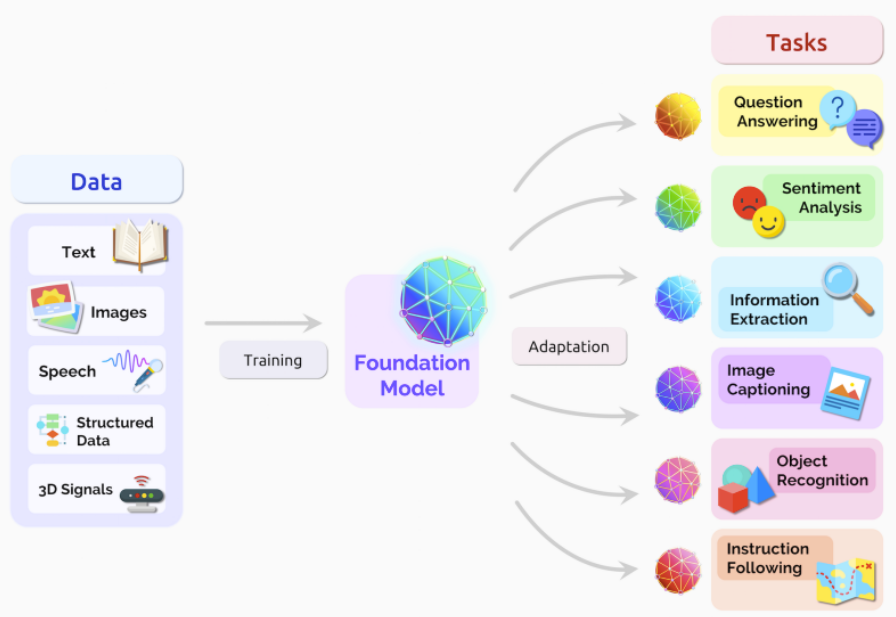In the realm of Human Resources, a paradigm-shifting revolution is unfolding with the adoption of cutting-edge Large Language Models (LLMs). Far beyond conventional automation, these sophisticated models are poised to redefine the very fabric of HR practices, ushering in a new era of efficiency, insight, and innovation.
1. Crafting the Perfect Team:
Imagine HR teams seamlessly navigating the intricate task of recruitment through the lens of LLMs. Instead of laboriously sifting through anonymized data, recruiters can harness the power of these models to swiftly identify patterns among high-performing employees. The question becomes not “What qualities are we seeking?” but rather “What educational experiences unite our long-tenured success stories?” This approach allows for tailored job postings that resonate with the precise talents needed, creating a magnet for the ideal candidates.
2. Nurturing Internal Talent:
The role of LLMs extends beyond external hires. Consider the scenario where these models delve into personnel data to uncover hidden talents within the existing workforce. What if an exceptional salesperson possesses intricate knowledge of insurance policies, thanks to a past internship? Without LLMs, this gem might remain undiscovered. The power lies in identifying unexplored connections and potentials, guiding HR in placing the right person in the right role, irrespective of their current job title.
3. Elevating Learning and Development:
Employee training takes a quantum leap forward with LLMs. Gone are the days of poring over lengthy handbooks; now, employees can simply pose questions to the model, receiving immediate, nuanced responses. This transformative approach not only streamlines onboarding but also extends to safety and security processes. LLMs facilitate hypothetical scenarios, distilling complex steps into comprehensible guidance, all delivered in humanlike responses, transforming the learning experience.
4. Mastering HR Research:
Delving into HR research becomes a smoother voyage with LLMs at the helm. HR teams can effortlessly analyze salary ranges, compare with industry averages, and uncover historical trends. The models not only provide recommendations but empower HR directors and managers with comprehensive data, aiding in decisions related to salary negotiations and work compensation. While LLMs offer insights, the human touch remains paramount, ensuring a judicious blend of data-driven decisions and human intuition.
5. A Holistic Approach to Implementation:
Embarking on the LLM journey necessitates a holistic approach. Rather than confining their application to specific HR functions, teams can explore the potential of these models across the entire organization. Customizing data-gathering and reporting processes ensures alignment with departmental needs while contributing to overarching company objectives.
6. Security and Strategic Implementation:
Acknowledging valid security concerns, well-managed LLM integration becomes imperative. Striking the delicate balance between data protection and leveraging the richness of information is key. Begin with small, strategic implementations, gradually expanding the scope based on the specific questions and insights sought, avoiding overwhelming transformations.
In conclusion, the advent of Large Language Models in HR is not just a technological advancement; it’s a game-changer. It empowers HR professionals to unlock untapped potentials, make informed decisions, and elevate the overall organizational landscape. As we stand on the cusp of this transformative era, the question is not whether to embrace LLMs but how boldly and creatively to leverage their capabilities for the future of HR.











